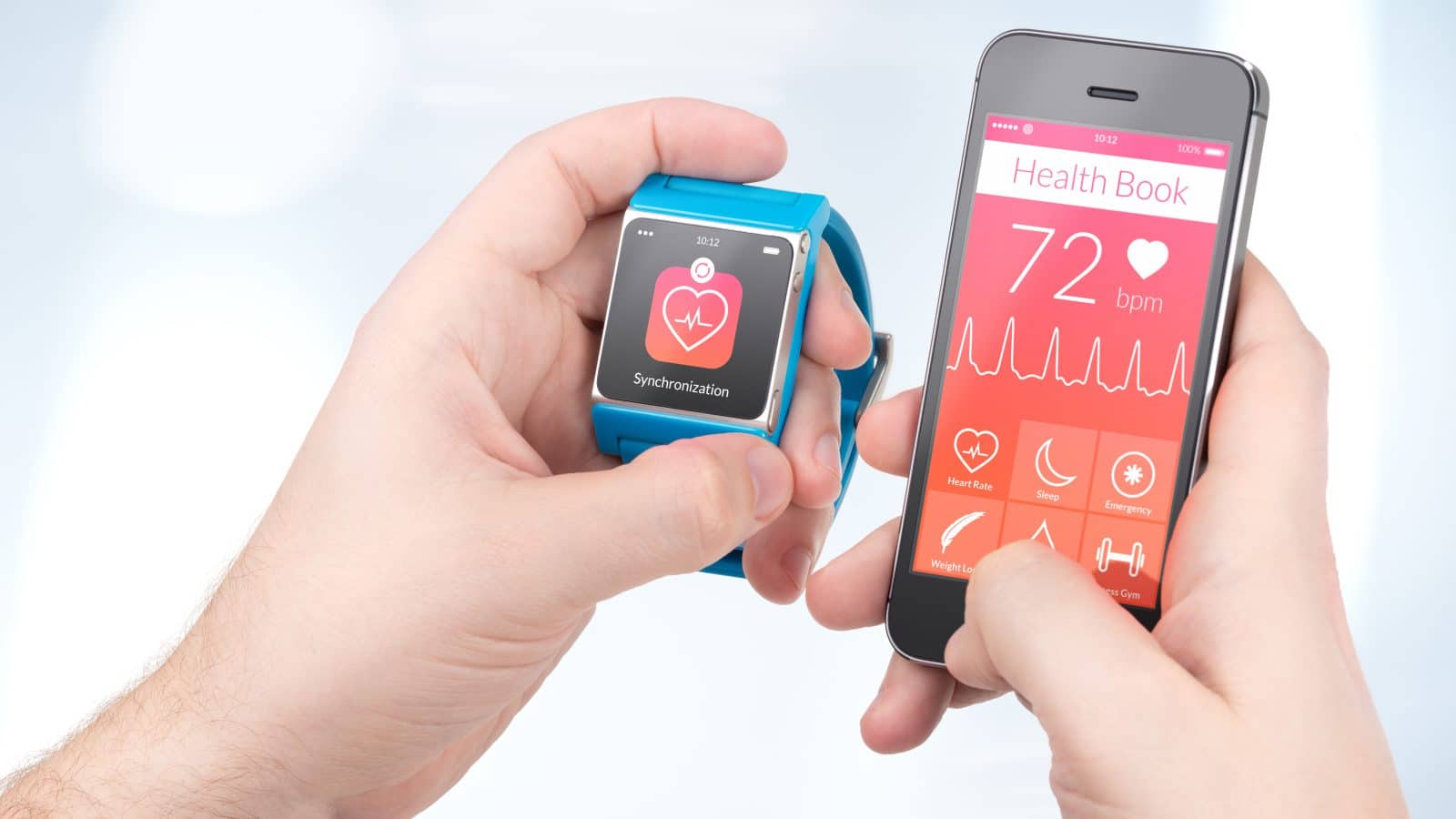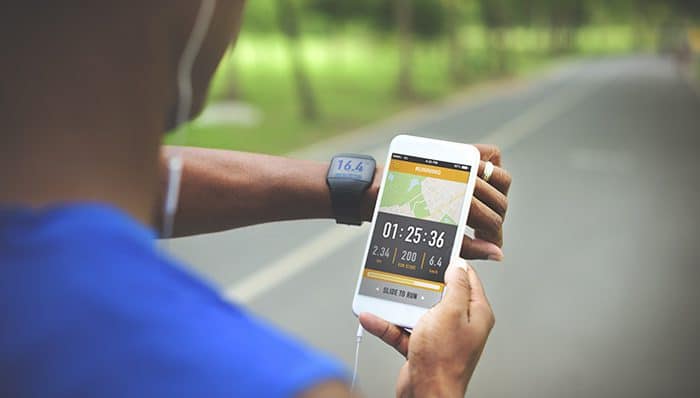The Data-Enabled Path to Optimal Health and Fitness
Posted on
Imagine a world where your every step, heartbeat, and breath are not just data points, but keys to a healthier, more informed life. Sensors – for example in smart watches – and data analytics are revolutionizing both the medical field and our personal approach to health and vitality. In this article, we delve into the fascinating realm where technology and health intersect, exploring how sensors and data are transforming healthcare, motivating people to get active, and the challenges that lie ahead.
Our journey into this data-driven world begins with Aarnout Brombacher, a seasoned expert in data acquisition. With over 30 years of experience as a professor at TU Eindhoven, Aarnout’s expertise has evolved from tracking the inner workings of VCRs and CD players at Philips to pioneering advancements in the realms of health, sports, and vitality as leader of the domain Health & Vitality at JADS. Aarnout was a guest in the latest episode of Data Dates, the JADS podcast. In the interview, Brombacher discusses the application of sensors and data in the medical field and their role in patient engagement, as well as the application of data in fitness and welbeing.
The Power of Data Acquisition
Aarnout’s work centers on the acquisition of data from various sources, particularly the activities that occur “in the field.” Think of it as the ability to monitor and understand how people move, where they move, and the manner in which they do so. This becomes especially relevant when it comes to healthcare, particularly in preventing health issues.
However, the vast amount of data collected brings forth significant ethical and privacy challenges. Who has access to this data, when, and under what conditions? These questions are at the core of Aarnout’s work — ensuring data is not only relevant for health analysis but also ethically, legally, and morally sound.
Bringing Data to Life: Tracking Health Outside Hospitals
Consider this: when a heart patient is in intensive care, doctors have access to an abundance of data through sensors and monitors. But once the patient leaves the hospital, that wealth of information vanishes. This leads to a vital gap in understanding a patient’s health and activity levels post-discharge.
Data can bridge this gap, offering valuable insights both to patients and healthcare providers. For instance, by monitoring a patient’s heart rate, activity, and stress levels remotely, doctors can identify signs of distress or improvement. Data becomes a critical tool for not just treatment but prevention as well.
The Challenge of Data Interpretation
One might wonder how physicians, who aren’t data scientists, make sense of the vast amount of data generated by these sensors. This is where Aarnout’s work comes into play. His PhD candidates are developing algorithms that can interpret complex data, allowing doctors to identify patterns and potential health concerns.
For instance, imagine a patient who appears healthy during a doctor’s visit, but data reveals that their heart rate spikes during office hours. This could be a sign of underlying stress, invisible during routine check-ups.
From Sensors to Everyday Devices
As sensor technology advances, the way we monitor health is also evolving. While intensive care units provide the gold standard of monitoring, wearable devices are becoming increasingly sophisticated. Fitness trackers and smartwatches are gaining better accuracy and data presentation. These devices offer a convenient way to collect data about one’s health, but there’s room for improvement in how this data is communicated to users. This makes it vital to work together with other disciplines, such as social psychology and communication.
Data-Driven Coaching and Motivation
Data isn’t just about healthcare; it’s also a potent motivator. Take the world of sports and fitness, for instance. For those competitive souls, data can transform workouts into personal challenges. Whether it’s beating your own running records or competing with others globally, data turns fitness into a game of self-improvement.
But not everyone is naturally competitive. So, how do we motivate those who aren’t? It’s a question that researchers are still exploring. One approach gaining traction is combining gaming, urban sports, and responsible exercise. Creating digital environments that appeal to those who may not be inclined to compete traditionally is a promising avenue.
Addressing Health Disparities
One of the significant challenges in promoting physical activity is addressing disparities. Not everyone has equal access to resources or the same opportunities. Socioeconomic factors play a critical role. Children from higher-income families often have more opportunities for organized sports and activities compared to those in disadvantaged communities.
Efforts are underway to bridge this gap, like the “Give Me Five” project focusing on girls in economically disadvantaged areas. Innovative solutions, such as digital boxing bags, are being introduced to engage and encourage physical activity. These interventions aim to empower everyone, regardless of their competitive spirit.
The Ongoing Revolution
The intersection of healthcare and data-driven technology is an ever-evolving space. The key lies not only in collecting data but also in using it responsibly. Privacy and security are paramount concerns, and researchers continue to explore ways to collect data ethically and securely.
As we move forward into this exciting era of data-driven healthcare and vitality, the possibilities are limitless. Imagine a world where your daily activities are not just steps but milestones towards a healthier you, where data becomes your ally in achieving your best self. It’s a world that Aarnout Brombacher and many others are working towards, and the future looks incredibly promising.
Dive into the world of data & health
Are you curious about health sensor data and its impact on our wellbeing and lifestyle? hen listen to the JADS Data Dates podcast!
NB. The podcast is Dutch language only!






